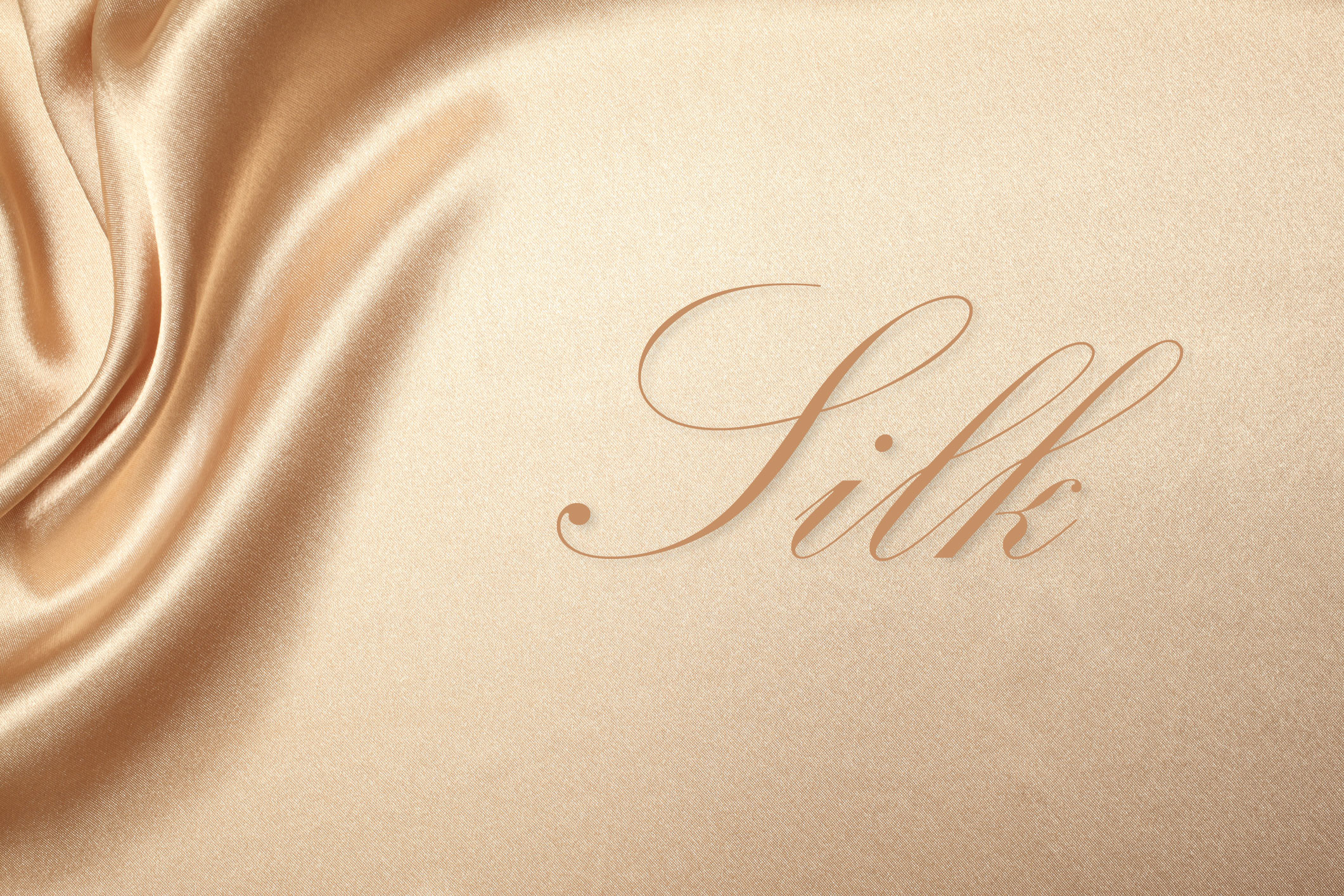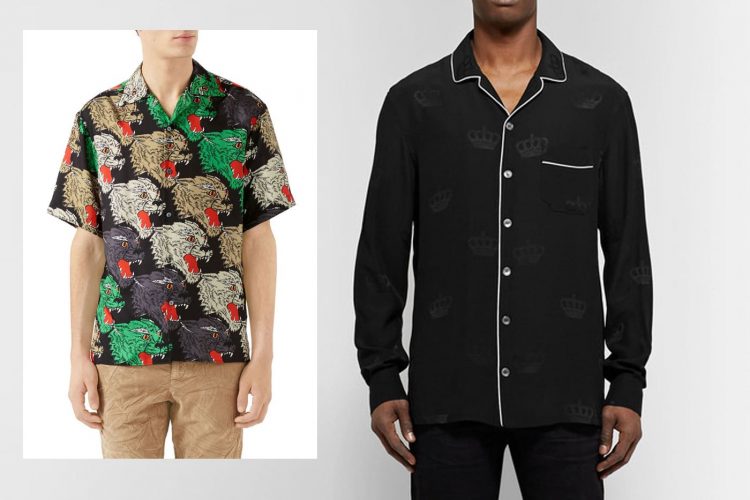A silk tissue is of weak elasticity; hence if extended; it takes the form. If the sun is too light, it might be diminished. Insects, in particular, if left unclean, may indeed attack him. The silk fabric would be the natural fibre made from mulberry silkworm conidiophores by the technique called Sericulture. The fabrics are also known as ‘Paat’ in eastern India, Pattu in southern India and Resham in Northern India.
The history and origin
Silk was established between 2450 BC around 2000 BC in the Indus Valley civilisation. The beginnings in China, however, continue to be observed in 2500 BC.

Silk – degumming and reeling procedure techniques were derived from the Chinese technologies, which were first supposed to give rise to Silk. Most raw Silk originates in the five Indian countries, namely, Karnataka, Jammu & Cachemire, Andhra Pradesh, Tamil Nadu & Bengal. Silk has a smooth and silky feel because it is a natural fibre.
A range of textiles is tiled in the yarn generated by the sericultural technique. The textile has a sparkling look, yet its natural fibre interrupts the designs of the cloth. The three-sided prism structure enables the fabric to diffract the light and produce varied colours in varying lights. India is the second-largest silk manufacturer in the world after China nowadays. There are a variety of silk clothes like silk bathrobe.
The customary men wear Silk
Seed is seldom seen beyond neckties and boxers in off-the-stage attire (which equally both perfectly acceptable uses for the fabric are; the prior because of its excellent drape and lustrous shine and the next because of its breathability as well as absorption.)
In higher-end menswear, the inner of a Jacket or maybe a pair of pants sometimes seems even more popular via handmade acetate materials. The active ingredient acetate holds up to lengthy wear and may absorb suddenness with a less lasting impact than Silk. However, for really ornate linings, many men choose Silk. Silk is most often frequently utilised in ornamental waistcoats as the “face.” These may be brightly coloured parts for unusual casual wear, but the classic black tie, silk bathrobe, and silk satin faces are also typical.

Silk is also utilised on many pieces of black-tie trousers for something like the broad pant striping and may also be used throughout the hobby (where its absorbency and breathability also makes it a practical as well as a stylish choice). Silk is still the most popular usage in men’s clothing and is probably necktie for a while.
Many synthetic choices are available, particularly because your seersucker suits are not transferred to stresses that make poor decisions in synthetic fibres for other clothes: the tie is not subject to additional hard use, it does not have to breathe properly or to flex your body, as well as whether you remain warm or cool will never be a serious factor.
Due to its unique aesthetic brilliance and longevity, Silk is still desirable. Seed threads bond very tightly and tend to tighten with time, so that silk threads cannot disassemble or shrink.
